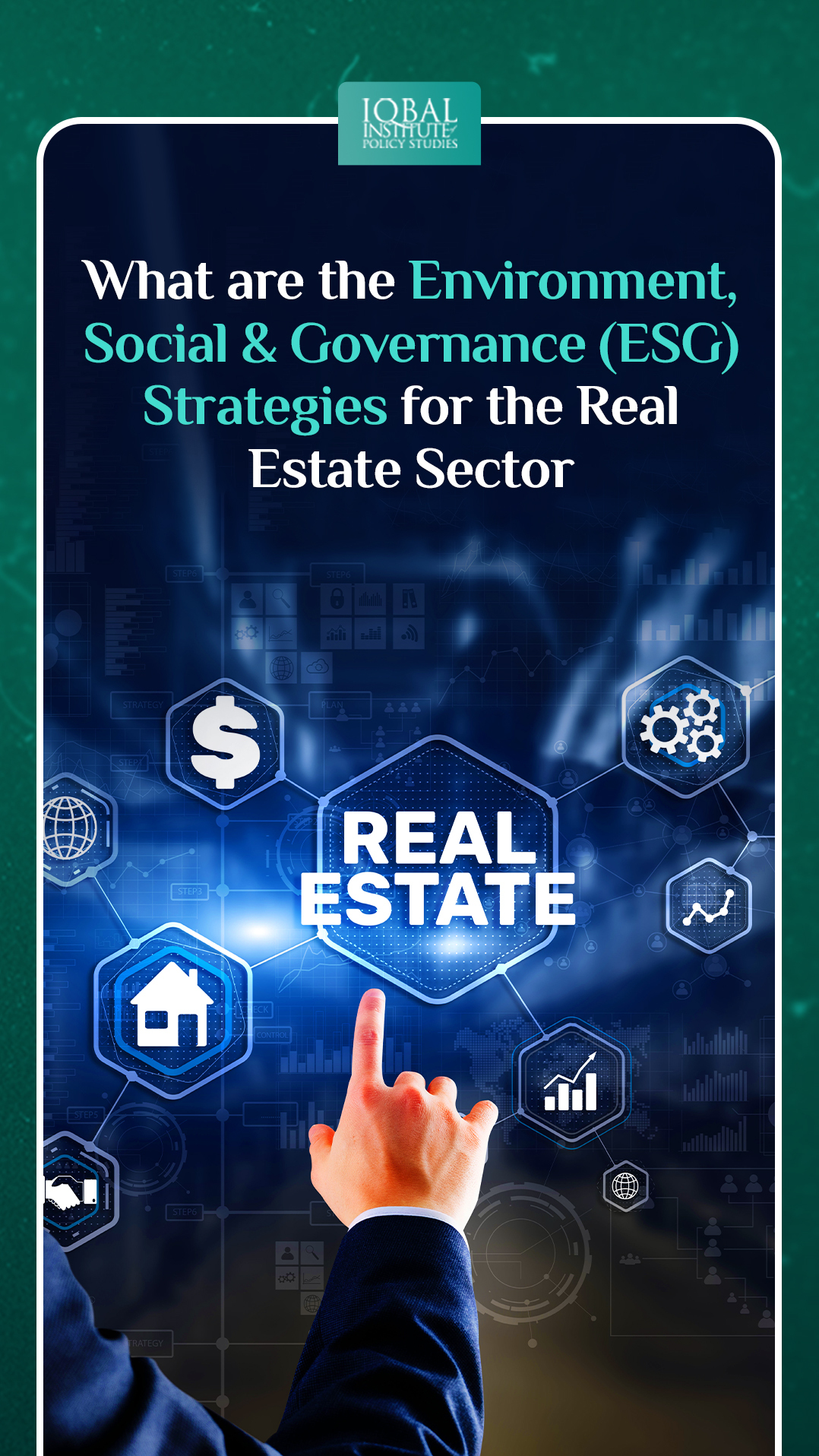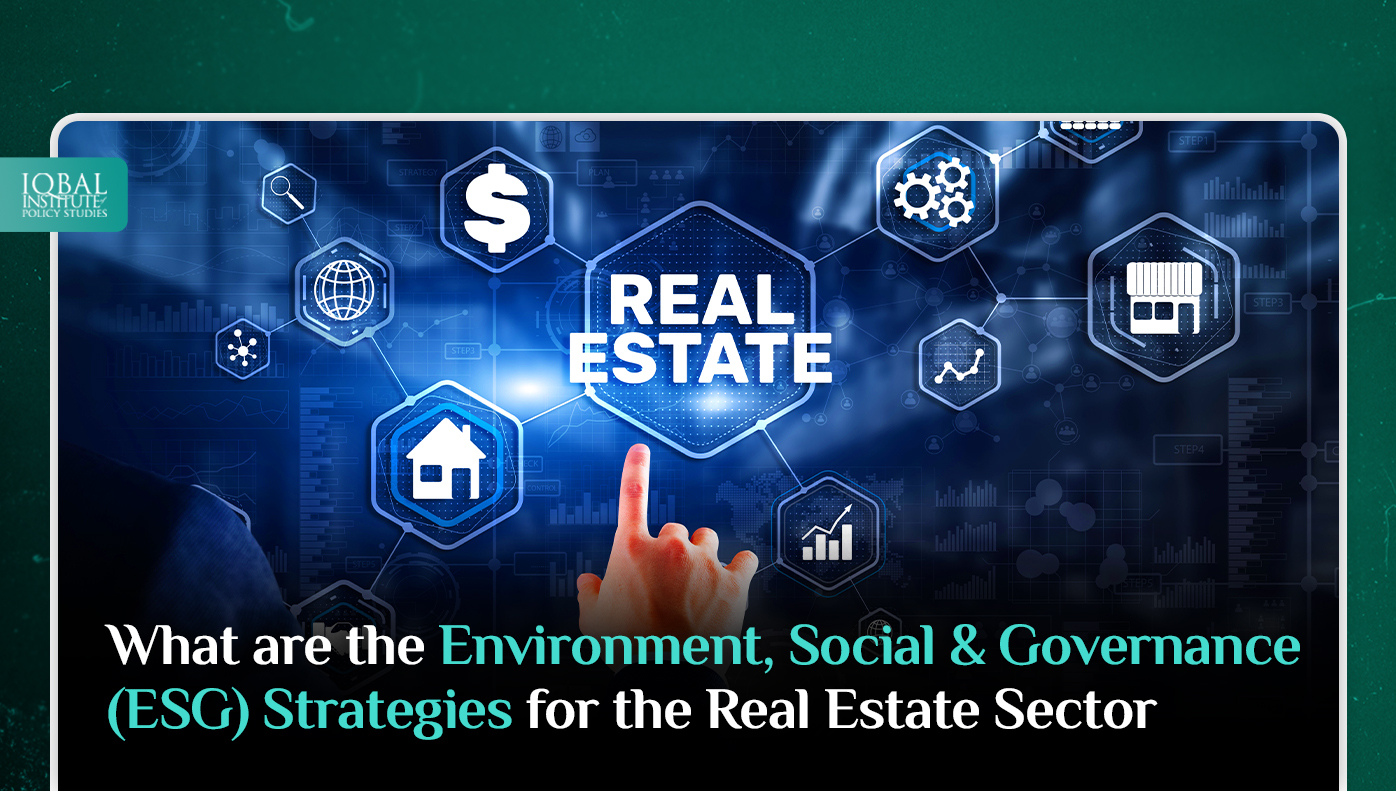ESG mainly revolve around climate change, resource scarcity, and social and governance issues. Investors are including ESG criteria in their decision-making and investment assessment procedure because it helps identify the risk. The new framework facilitates the private investor to avoid risk and transform environmental actions, which builds a better relationship with the investors.
ESG has brought awareness to the different climate change issues and encouraged them to adopt and follow practices to make the environment better. It was invented in the 1960s, and with time, ESG is rapidly growing and evolving. The implementation of ESG is a need of time as human activities have a negative impact on the earth, and now developing countries are giving priority to the future of the planet and people. Investors are looking for ideas which are not just good for the company alone but have a wider impact, nature.
Investing in ESG means giving more attention to the environment and community rather than just earning revenue when assessing an investment opportunity. This framework will attract investors who value environment-friendly and sustainable investment.

ESG is comprised of three pillars, i.e. Environment, Social and Governance. E in ESG focuses on how companies manage their environmental impact, S will show how companies treat their workers, and G revolves around how companies run, including their internal systems of control, procedures, practices and how they mitigate and respond to violations.
Pillar 1
Environment
ESG is evolving the landscape of the business by ensuring long-term sustainability. With time, people are becoming aware that real estate can have a significant social impact in the form of rehabilitation of public spaces, social housing or investment in green buildings. There is a universal acceptance and preference towards a well-lit and ventilated building.
Energy Saving/ Net Zero Carbon
The energy is used to heat, cool, and light the buildings are emitting 28% of the global carbon. In the building construction cycle, it generates 11% of carbon. The investor has to make an effort to reduce carbon emissions as buyers and tenants prefer more sustainable properties and increase their revenue.
Earlier the property certifications such as BREAM, LEED, and NABERS are considered important for measuring building environmental performance. With the induction of new institutions such as the World Green Building Council (WGBC) and Net Zero Building Commitment and these organisations wanted to have net-zero carbon emissions by 2050. The United Nations has initiated the campaign of Race to Zero, and it challenges cities, companies and regions to reduce the global carbon emission by 2030.
Around the world, many investors include the clause of carbon neutrality in their projects. For instance, the investor has launched a project in Berlin under which homes are generating more energy than they consume.
The concept of ‘Green Leases’ has been introduced between landlords and tenants to fulfil the sustainable environment objectives, and it has become a more common tool to monitor the environmental performance of real estate assets. For instance, in Singapore, shopping malls have introduced auto-lighting in escalators and car parking areas, which saves more than 50,000-kilowatt hours (kWh) of electricity per year. Moreover, highly efficient air conditioners and Variable Air Volumes (VAV) are efficient tools to save energy and limit carbon dioxide emissions by 4,000 tons per year.
More Rents for Green Buildings
Buildings with strong environmental sustainability mechanisms will be a premium asset. Green buildings are getting higher rents as compared to non-green properties. For instance, in the US, office buildings with the LEED (Leadership in Energy and Environmental Design) certificate receive 5.6% more rent than non-certified buildings.
It was found that green buildings will incur low monthly maintenance and operating costs apart from getting higher rents. It also uses less energy technology, i.e., programmable thermostats, air compressors, LED lighting etc. In the US, the Energy Star certificate building will consume less energy than the non-certified. The increase in rents of the building can only be seen in the office sector because currently, tenants and tourists are not demanding high-level environmental performance buildings for hotels and home infrastructure.

Availability and viability of Green Construction Materials
The construction and building industry alone emits 40% of carbon dioxide annually in the whole world while manufacturing sectors emit 5%. To make the construction process more environmentally friendly, timber can be used because if the building is constructed using wood, it will eliminate emissions by sequestering 2,000 to 4,000 tons of carbon dioxide. As per the research, chemically treated timber has the quality to sustain during a fire and protect the buildings during an earthquake. The cost of timber is less as compared to the other material cost. As per the report in London, the usage of timber has reduced the project’s cost by 15% and shortened the period of construction of the project by six months.
Effective Risk and Cost Management Can Enhance Resilience
The resilience of buildings towards risk and cost management will be improved by combining ESG with real estate, specifically in extreme weather events. The biggest risk posed to the buildings is climate change, as the recent flooding in Pakistan has affected 33 million people. The intense and frequent occurrence of climate-induced events will increase the cost.
Climate change also contributes to higher utility costs due to more expensive energy production. For example, extreme heat in many countries is driving demand for air conditioning and increasing real estate operating costs. The building must be built in a way that it can be resilient towards climate change. Apart from these, investors should take measures for waste and water management practices.
Pillar 2
Social
The social pillar focuses on the needs and requirements of the residents, tenants and local communities. From the viewpoint of the real estate sector, it means the construction of green infrastructure, protection and promotion of tenants’ rights, making community projects and supporting those ventures that aim to build charitable infrastructure.
Affordable Housing Offers Attractive Impact Investing Opportunities
The availability of affordable housing is crucial for economic prosperity and progressive communities. In Pakistan, there is currently a deficit of 10 million housing units. It was found that around 37% of the people in Pakistan are living in expensive, unaffordable houses. Impact investment has been defined as generating significant environmental and social benefits while providing strong financial returns. By keep focusing on return and social benefits, the project has been launched in the US, under which the building was converted into a mixed-use development, including 160 mixed-use apartments, 40% of which are affordable units together with community and commercial space.
Health and Well-Being Influencing Design
The wellness and health of the people are some important agendas for the landlord to attract occupiers. The recent pandemic has elevated the need to ensure the well-being of the people. Nonetheless, health and safety determinants must be considered for the worker to maintain international standards.
As per the research, filtration and ventilation are looming as key focus; it will not only prevent the spread of illness but also improve energy levels and mental health. Moreover, a higher ceiling will play an important role in improving air circulation. Most builders are now adopting the WELL (Whole Earth Electronic Link) framework to maintain human health and wellness. Its 10 key areas are air, water, nourishment, light, movement, thermal comfort, sound, materials, mind and community. Each addresses the design and operation of buildings and how they impact and influence health and wellness-related human behaviour.
Pillar 3
Governance
The Governance indicator in ESG comprised management diversity and structure, execution of compensation, policies and practices related to preventing corruption and payment of taxes. To mitigate the malpractices government has to improve litigation and regulation in the real estate sector.
Corporate Social Responsibility (CSR)
Corporate Social Responsibility is the main driver of good corporate governance. The key components required for governance are inclusion, equity and diversity, which help enhance transparency. Many real estate investment entities, including REITs, are already adopting CSR policies.
Role of Technology
The technologies play a significant role in the decision-making process of investors by collecting data. These technologies include data management platforms to store and process ESG data, monitoring platforms to streamline ESG review and delivery processes and Prop-Tech-based platforms to enhance the tenant experience. Nonetheless, Building Management System (BMS) is the best strategy for improving energy efficiency and decreasing costs.

Conclusion
ESG-based investment is important for both businesses and investors. It gives solutions to have a minimum negative impact on the environment. It provides an opportunity to build green and energy-efficient infrastructure by reducing the emission of carbon dioxide. Moreover, ESG includes social aspects by providing affordable housing and constructing climate-resilient infrastructure. It helps develop internal control systems, procedures, and practices and how they mitigate and respond to violations. This is one of the emerging and useful tools to gain foreign direct investments and remittances.



Leave a Reply